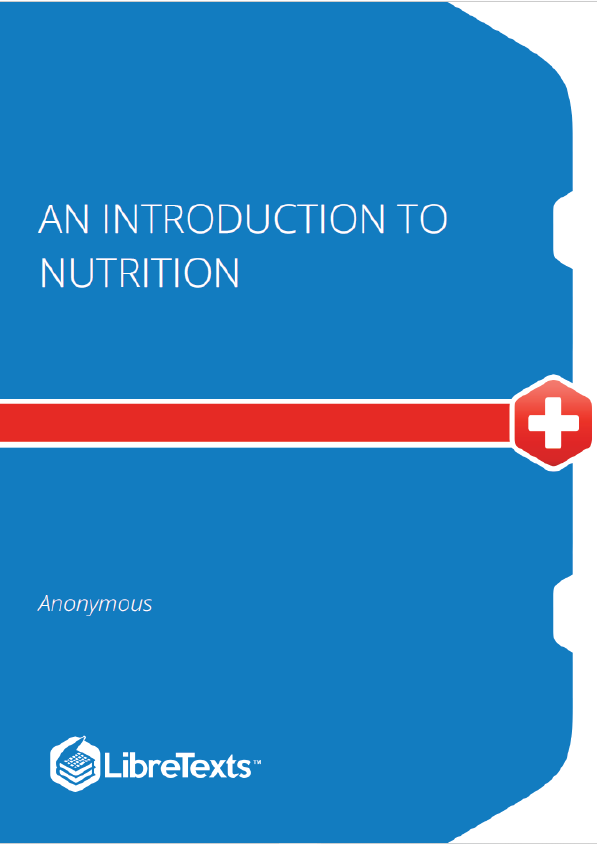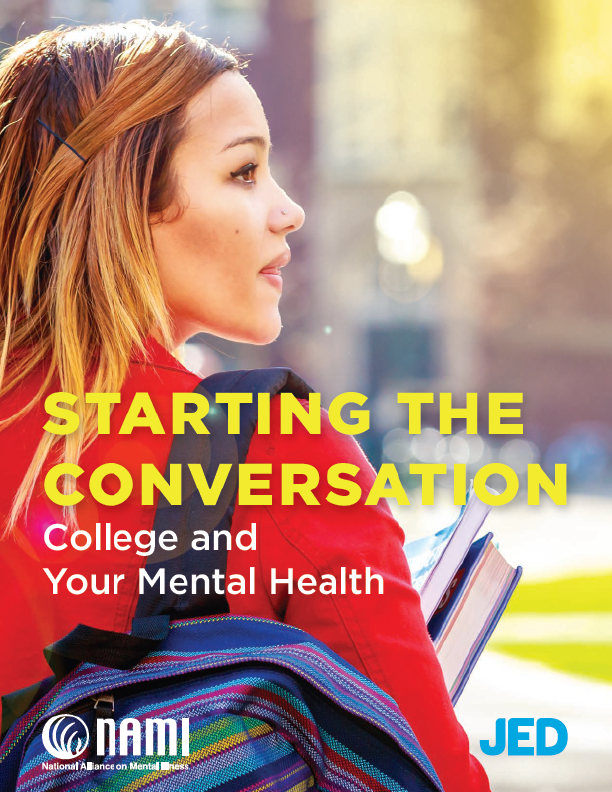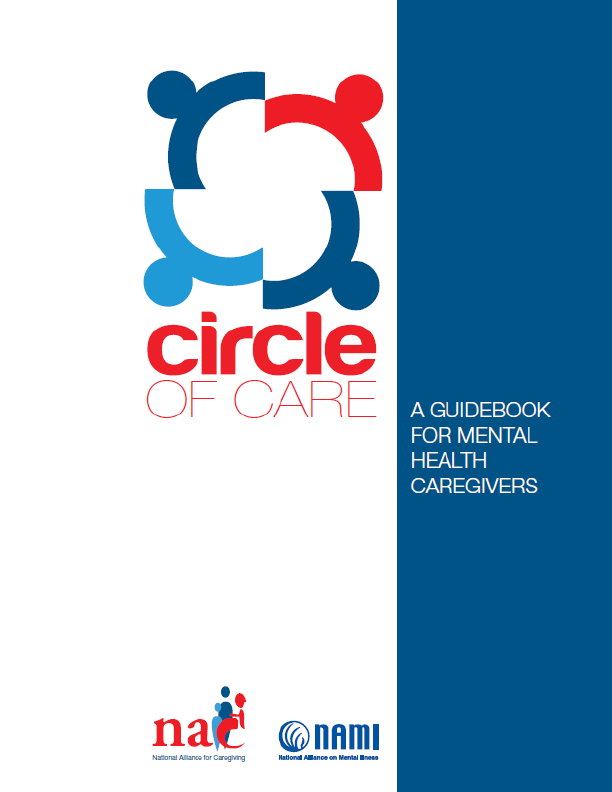This book is organized using a functional approach, which means that the material is organized around physiological functions, such as fluid and electrolyte balance, antioxidant function, bone health, energy and metabolism, and blood health, instead of organizing it strictly by nutrient. A primary goal of this text is to provide you with information backed by nutritional science, and with a variety of resources that use scientific evidence to optimize health and prevent disease. In this chapter you will see that there are many conditions and deadly diseases that can be prevented by good nutrition. You will also discover the many other determinants of health and disease, how the powerful tool of scientific investigation is used to design dietary guidelines, and recommendations that will promote health and prevent disease.
Nutrition and You
In this Chapter, we provide an overview of nutrition as an evidence-based science and explore the concepts of health, wellness, and disease. We also provide an introduction to the different types of nutrients, health factors, personal health assessment, and the concept of sustainable food systems.
As we get started on our journey into the world of health and nutrition, our first focus will be to demonstrate that nutritional science is an evolving field of study, continually being updated and supported by research, studies, and trials. Once we establish this, your confidence will be strengthened in nutritional science to help guide your eating habits. Let’s begin with the story of hurry, curry, and worry: the story of Helicobacter (H.) pylori.
Peptic ulcers are painful sores in the gastrointestinal tract and can cause symptoms of abdominal pain, nausea, loss of appetite, and weight loss. The cure for this ailment took some time for scientists to figure out. If your grandfather complained to his doctor of symptoms of peptic ulcer, he was probably told to avoid spicy foods, alcohol, and coffee, and to manage his stress. In the early twentieth century, the medical community thought peptic ulcers were caused by what you ate and drank, and by stress. In 1915, Dr. Bertram W. Sippy devised the “Sippy diet” for treating peptic ulcers. Dr. Sippy advised patients to drink small amounts of cream and milk every hour in order to neutralize stomach acid. And then, increasingly, introduce soft bland foods with frequent meal times. For a while this diet sometimes worked, fooling both doctors and patients. However, the disappearance of peptic ulcer symptoms was likely the result of having a full stomach all the time, as the symptoms more often occur when the stomach is empty. Ultimately, the Sippy diet did not cure peptic ulcers and in the latter 1960s scientists discovered the diet was associated with a significant increase in heart disease due to its high saturated fat content.
In the 1980s, Australian physicians Barry Marshall and Robin Warren Currey, R. “Ulcers—The Culprit Is H. Pylori!” National proposed a radical hypothesis—that the cause of ulcers was bacteria that could survive in the acidic environment of the stomach and small intestine. They met with significant opposition to their hypothesis but they persisted with their research. Their research led to an understanding that the spiral shape of the bacterium H. pylori allows it to penetrate the stomach’s mucous lining, where it secretes an enzyme that generates substances to neutralize the stomach’s acidity. This weakens the stomach’s protective mucous, making the tissue more susceptible to the damaging effects of acid, leading to the development of sores and ulcers. H. pylori also prompt the stomach to produce even more acid, further damaging the stomach lining. Marshall actually drank a dish of H. pylori hoping to give himself an ulcer to prove his point. A few days later he was vomiting and had inflamed tissue in his stomach. The presence of H. pylori was confirmed. He then took an antibiotic and the symptoms of H. pylori infection dissipated. Experimental success? It still took years for the medical community to be entirely convinced of the link between peptic ulcers and H. pylori.











